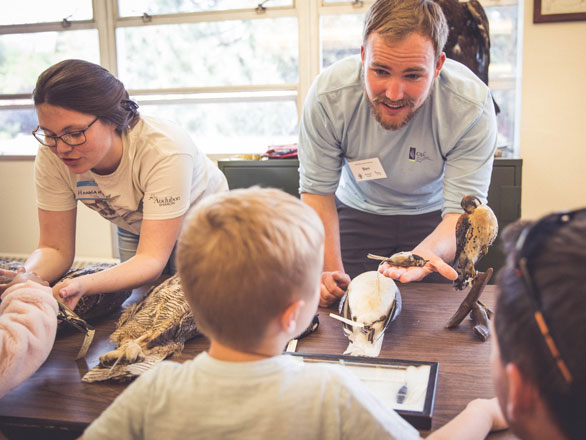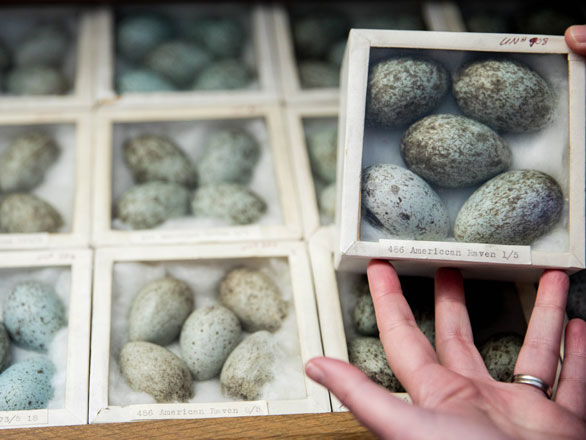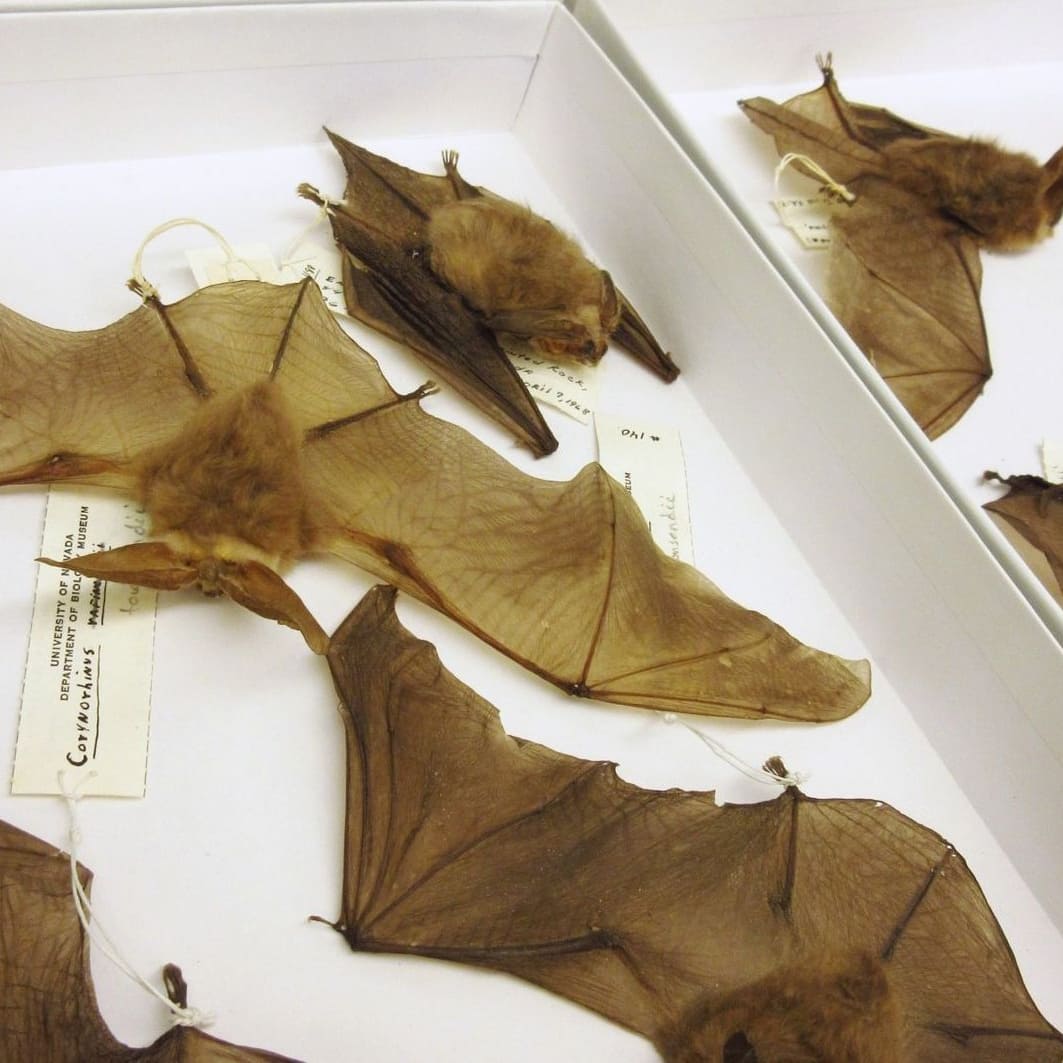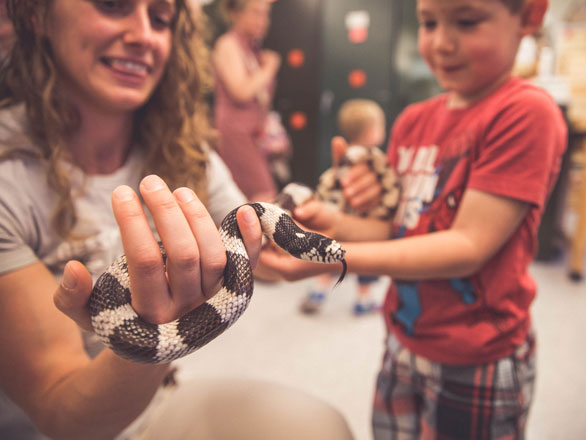Located on the campus of the University of Nevada, Reno, the Museum of Natural History holds irreplaceable specimens of plants and animals used in research, teaching, and outreach. Collections date back as far as the 1850s, and represent unique snapshots of the flora and fauna of the Great Basin and beyond. As the only museum of its kind in the state, the Museum of Natural History is a unique and important resource for understanding Nevada's natural heritage.
The museum's director and Foundation Professor Elizabeth Leger, along with her staff of faculty and graduate students, work tirelessly writing grants and seeking out funding wherever they can in order to keep the irreplaceable collection safe and available to the researchers and students who enjoy it. Endowing the museum with a name would mean all that effort could be directed back into the museum, knowing the collections were safe.
And it would help Dr. Leger sleep better at night.



